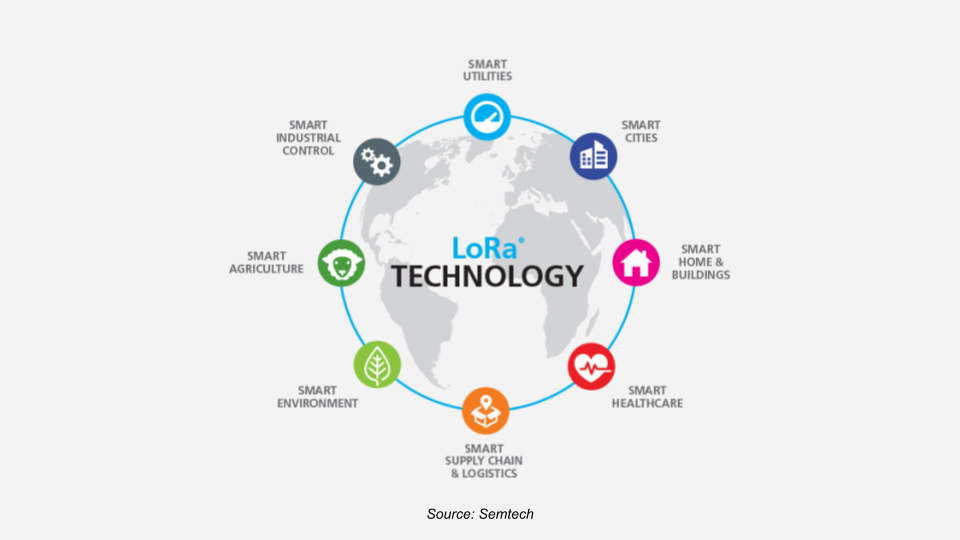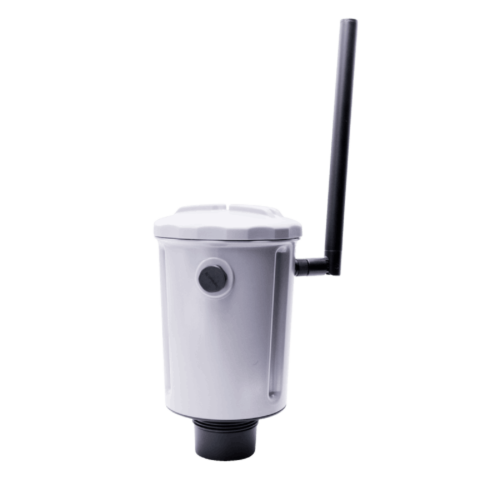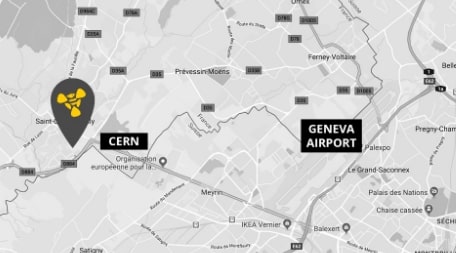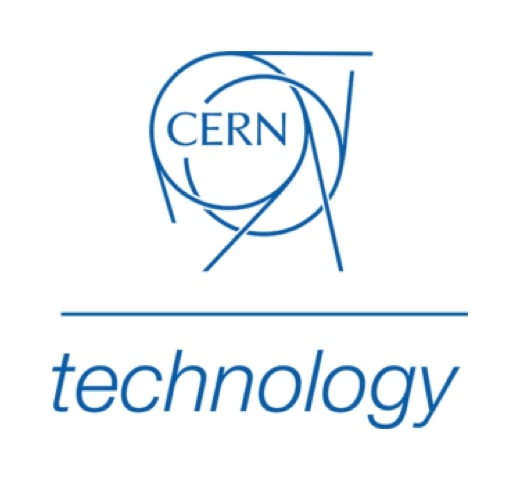This article is based on the webinar “An introduction to LoRaWAN and LoRa-powered sensors”, hosted by Krzysztof Zurad, Product Manager, Tredecile.
LoRa in a nutshell
LoRa (short for “long range”) is a wireless communication protocol that operates over large distances while consuming only a small amount of power. While LoRa has a lower bandwidth than other wireless technologies, it is more versatile and less expensive. As a result, LoRa has emerged as the de-facto wireless technology of the Internet of Things (IoT) (1).
LoRa is accessible to all. “Because LoRa works in unlicensed spectrum, essentially everyone who has a LoRa device can transmit or receive data over the LoRa network,” explains Krzysztof Zurad.
“LoRa is rapidly growing worldwide – today, it’s one of the major IoT technologies available on the market and it’s here to stay.”
How does LoRa compare to other wireless technologies?
Bandwidth vs. range
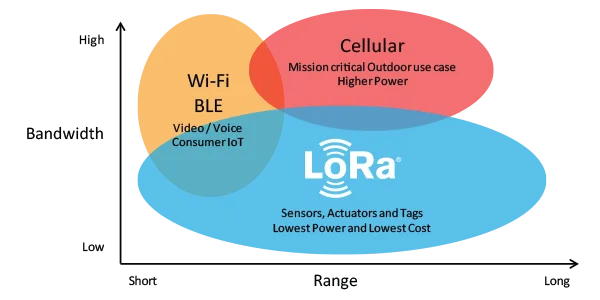
The diagram on the left shows that LoRa fills a niche. It provides low bandwidth communication over short and long ranges.
This, coupled with its low power requirements, makes it ideally suited to IoT applications where, typically, battery-powered devices need to be able to relay small amounts of data over large distances.
Source: The Things Network
LoRa vs. LoRaWAN
LoRa is a proprietary radiofrequency technology owned by Semtech. LoRa is known as the “physical layer”: it is the technology responsible for modulating a given signal and transmitting it.
LoRaWAN (short for long-range wide area network) is a media access control (MAC) layer that uses LoRa. It’s a software layer that controls the LoRa hardware and defines network protocols and device classes. This means it essentially dictates how messages are being transferred within the network.
LoRa application layers
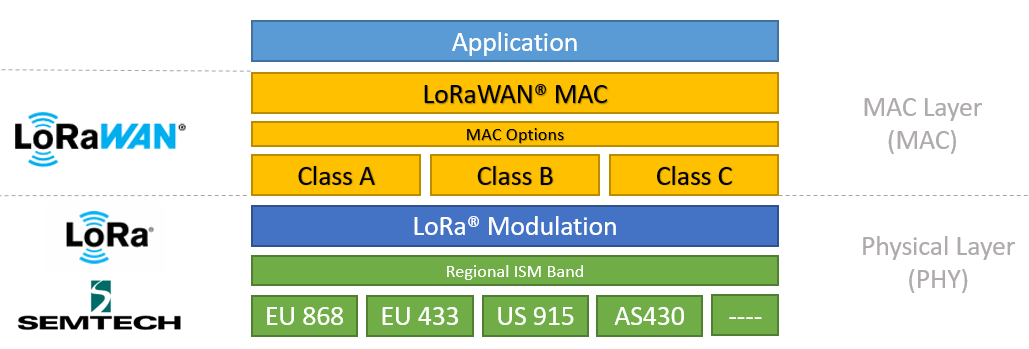
Source: Semtech LoRa Developer Portal
LoRaWAN networks operate on different frequency bands depending on the region they are active in. To ensure the functionality and legality of LoRa devices in different countries, it is important to check the regional parameters defined by the LoRa Alliance (2).
LoRaWAN architecture
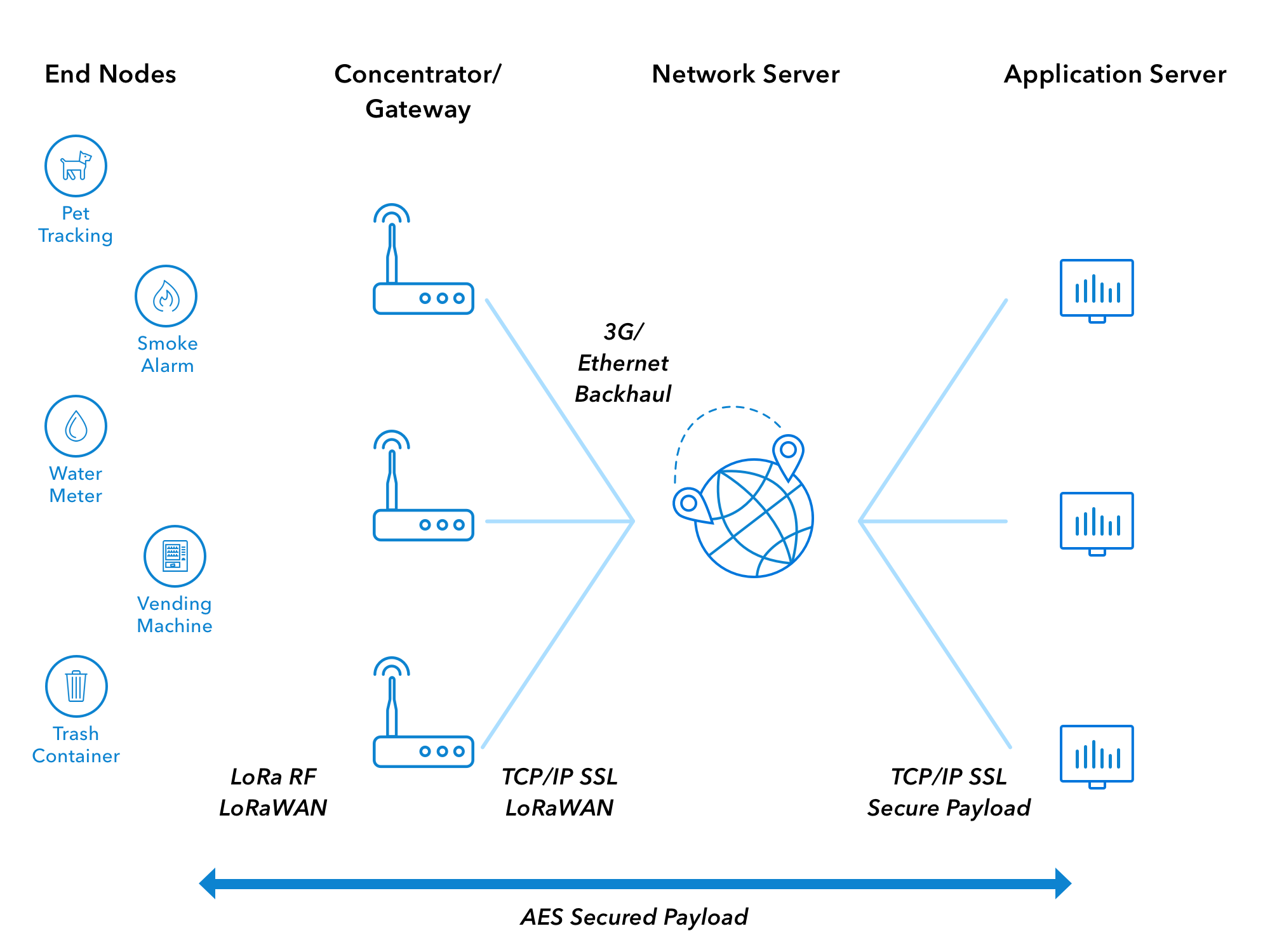
“A typical LoRaWAN system has four layers,” says Krzysztof Zurad. “It has an end node, the gateways, a network server in the middle and then the application server.”
End nodes are essentially sensors and actuators. For example, a battery-powered sensor for stock level monitoring. End nodes communicate via gateways, which receive end node data, transform it, and forward it to the network server via an internet connection.
“The network server is the most important part of the entire network,” says Krzysztof Zurad. “It’s the brain of the operation. It takes care of data duplication, it routes messages, and it handles data authentication and security.”
Finally, the application server delivers value to the user. It is responsible for storing and analyzing data, and presenting it in a way that is interesting and valuable.
“An important feature of LoRaWAN is that the network is bidirectional: it enables communication both from the end nodes to the application server (uplink) and in the opposite direction (downlink).
Source: The Things Industries
Public and private LoRaWAN networks
There are currently more than 150 LoRaWAN network operators in over 170 countries. LoRaWAN can run on either a public or private network.
A public LoRa network server typically has everything needed to start working with LoRa. Public networks contain all the gateways required to connect and take care of maintenance.
“With a public network, essentially all you need to do is buy a LoRa sensor and you can connect to the network. You don’t need any other infrastructure,” says Krzysztof Zurad.
“This gives the advantage of a low entry barrier. You don’t need to invest a lot to get started. A potential downside of public networks is dependence on a third-party network. But for smaller implementations, this often isn’t a problem.”
On the other hand, private LoRa networks give full control and additional security.
“With a private network, you’re not dependent on a third party. You are in control of the entire network. If something goes wrong, you have the power to fix it. And another hidden advantage is that you don’t need to send data to the cloud.”
The cost of this extra control? Private networks require relatively high initial investment, and any maintenance costs must also be met by the network owner.
LoRaWAN device classes
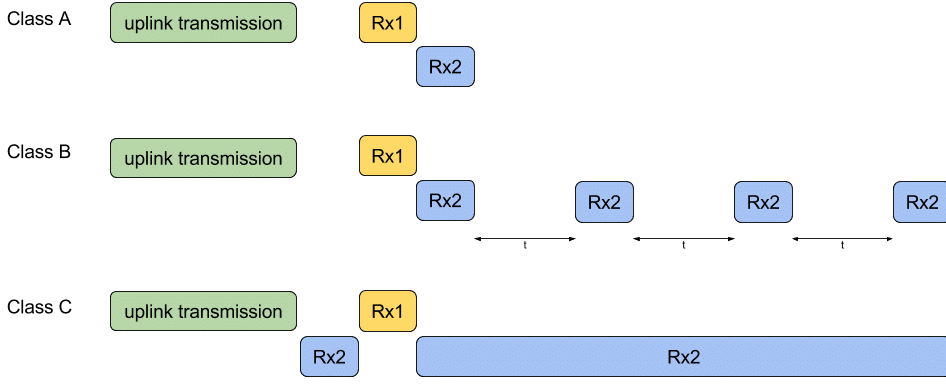
There are three major device classes in LoRaWAN:
- Class A devices are battery-powered. These devices spend most of their time in “sleep” mode, only waking up to occasionally send data. Data transmission is followed by a “reception window”, during which time the device will “listen” for incoming downlinks. If no downlink is detected, the device goes back to sleep. Class A devices are ideal for periodic monitoring applications such as stock level monitoring, where they can last for several years on a single battery charge.
- Class B devices are also battery-powered, but have additional “reception windows” in between their scheduled data transmissions. This decreases battery life in exchange for improved responsiveness.
- Class C devices are continually connected to mains power. Without battery restrictions, these devices can receive data and remain responsive at all times. Devices such as actuators are typically class C.
Rx1 = reception window 1
Rx2 = reception window 2
Source: Witekio
LoRaWAN range
Several factors influence the range that can be achieved by a LoRaWAN gateway.
For example, a gateway in the densely populated center of Paris, France, has a typical range of two to three km and a maximum range of seven km. On the other hand, a gateway installed in a rural area near Lake Geneva where there are no obstacles could expect a typical range of 10 to 15 km, with a maximum range of approximately 60 km.
Infrastructure and environment influencing the maximum communication range
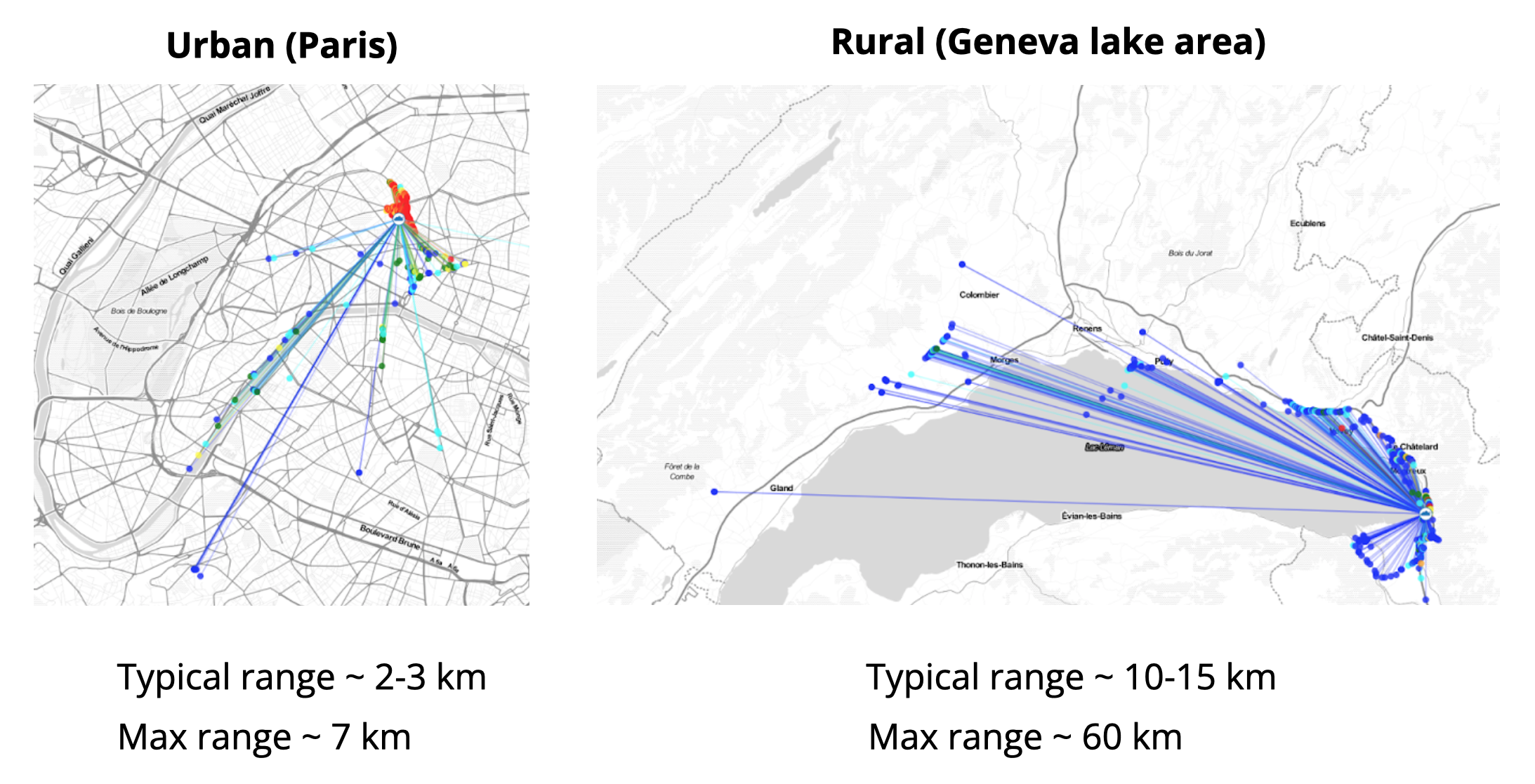
Source: TTN Mapper
Krzysztof Zurad continues, “Attempts to break the record for longest-range LoRa communication have achieved a range of several hundreds of kilometers, by sending a LoRa-equipped weather balloon to the edge of the atmosphere.”
In the second article, we explore the practical applications of LoRa, including a look at how LoRa-powered sensors are helping to increase efficiency in animal feed silos.



